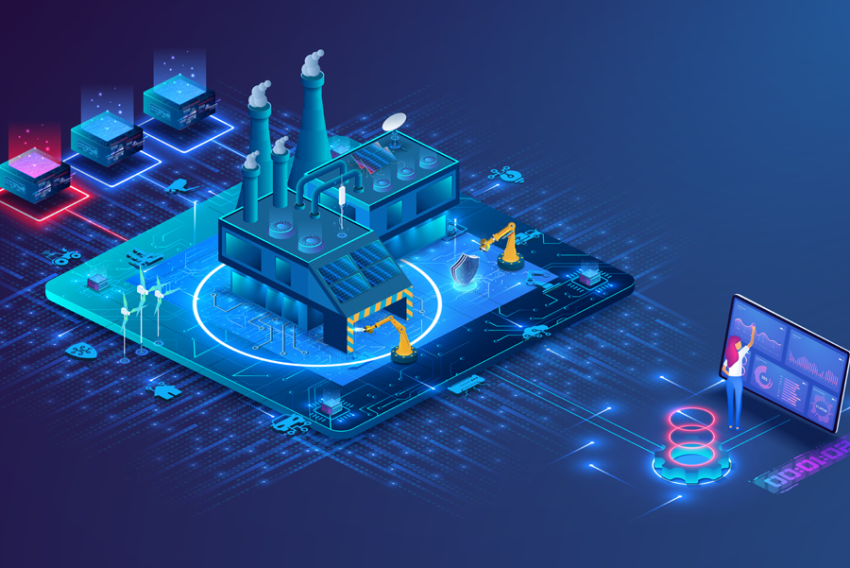"To the metaverse and…beyond": one could borrow, paraphrasing it, the famous motto of Pixar’s hero Buzz Lightyear to imagine the new horizon of technology related to virtual environments. From cyberpunk to (augmented) reality: the term metaverse was first used by Neal Stephenson in 1992 in his novel Snow Crash, although the concept of a virtual space, parallel to the real world has been found in sci-fi “lore” (be it literary or cinematic) since the 1980s. From that point on, there has been a succession of more or less accurate visions of cybernetic space - one above all, the 1999 film Matrix - that have begun to intertwine with the technological evolution taking place in the real world. The first, and perhaps most striking experiment in this sense was Second Life, the platform launched in 2003 by Linden Lab that allowed its users to create their own avatars and, with them, populate a virtual world. The platform's success has slowly waned, but it provides a good starting point for understanding the new virtual dimension.
The relentless evolution in this field has made it possible to refine a number of technologies (from virtual reality to so-called extended reality) that proved instrumental in the evolution of the virtual environment into what we now call the metaverse: "a massively scaled and interoperable network of real-time rendered 3D virtual worlds which can be experienced synchronously and persistently by an effectively unlimited number of users with an individual sense of presence, and with continuity of data" as Matthew Ball, author of the volume titled precisely "Metaverse," has defined it.
As evidenced by the above definition, this is a layered and composite environment, within which different brands already find space, adopting different strategies. On the one hand, in fact, the metaverse can be used as a showcase to maximize one's visibility and to increase sales in e-commerce channels: here, online trading is transformed and also becomes an immersive experience, so much so that it has already been renamed iCommerce - immersive Commerce, in which to trade in cryptocurrency while protecting one's transactions through the blockchain system. The next step, which already seems to be of interest to several automotive brands, is the use of NFTs (non-fungible tokens): these are "certificates of ownership and authenticity" of a unique (and therefore non-fungible) asset activated through blockchain technology. Not an ordinary buying and selling operation, then, but a transaction that potentially allows for a new level of user interaction. Another application of the metaverse, less consumer-oriented and more production-directed, is the so-called industrial metaverse.
Through a complex interweaving of digital twin technologies, artificial intelligence, the internet of things and machine learning it is possible, in fact, for companies to monitor and optimize, in real time, certain production and testing processes - improving performance as a result and with the ability to determine in advance of what might happen in the "real" world. A platform capable of reproducing a "digital twin" of an entire production plant has been designed by the California-based company Nvidia and applied to a BMW factory, creating a virtual reproduction of the manufacturing division of the Regensburg plant entirely in digital form. "If you can build a virtual world that matches the real one in its complexity, in its size, and in terms of accuracy, at that point there are many great things you can do with it," commented Rev Lebaredian, of the Nvidia Group.


